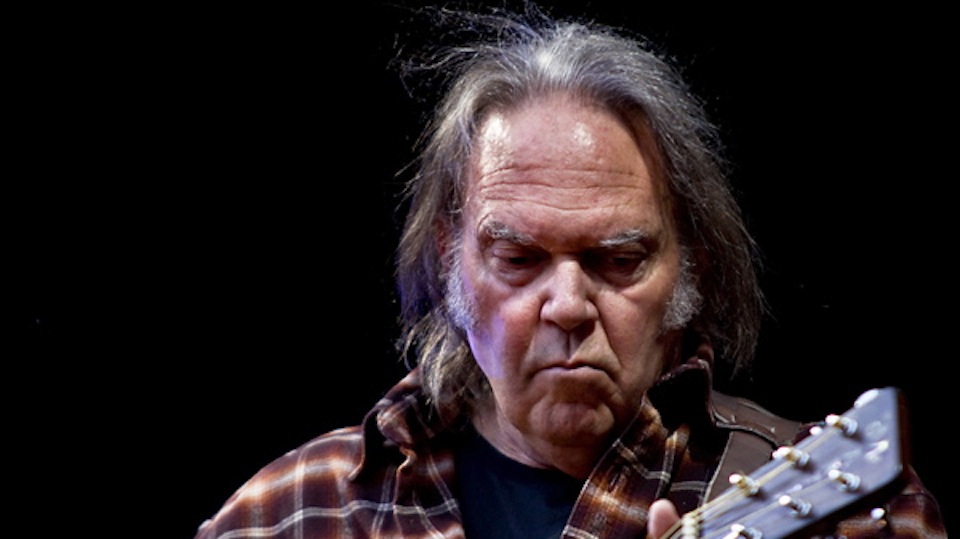While Neil Young had long established himself as the most adventurous member of Crosby, Stills, Nash & Young, he also demonstrated a penchant for more commercial material, as was heard on the seismic Harvest, released in February 1972.
Written between band projects, Harvest exhibited the Canadian songwriter at his most unvarnished. And as if demonstrating their support of the songwriter, Crosby, Stills & Nash performed a series of scintillating backing vocals that bolstered Young’s songcraft to even higher levels. Linda Rondstadt also contributed to the recordings.
Fifty years later, the album reads like a Greatest Hits, considering that it holds “A Man Needs A Maid,” “Old Man,” and the era-defining “Heart of Gold,” but that would do a disservice to the deep cuts, many of them as powerful as the more commercial songs that cement the record. Indeed, “The Needle and the Damage Done” proved a surprisingly mature work for a songwriter who had yet to see the full extent of the heroin pandemic.
“Alabama,” meanwhile, offered the vocalist a template by which he could start his life over, and move on. “Actually, the song is more about a personal thing than it is about a state,” he explained. “And I’m just using that name and that state to hide whatever it is I have to hide… I don’t know what that means.” As it happens, Lynrd Skynrd took umbrage with the sentiment in that song — as well as Young’s “Southern Man” — leading later to the blistering “Sweet Home Alabama.”
But whatever anger was brimming in the songwriter’s head did not affect the music, as was evinced on the haunting “Words (Between the Lines of Age)”, the barrelling number that features one of Young’s most heartfelt vocal deliveries.
Backed by Nash’s steady harmony, the album pivots into more rock-heavy territories during the bridge, and Jack Nitzsche’s guitar chimes in, taking the track to more Country-oriented territories.
Nash and Young remained good friends, and the Canadian played the entire album to the Englishman on a boat: “I had the left speaker, big speakers set up in my house with the windows open. And I had the PA system — that we used to rehearse and record with in the barn where I recorded ‘Alabama’ and ‘Words’ and a couple other things — over there playing the right-hand channel. So, we were sitting in between them on a little lake and that’s what we were doing.”
The album was a triumphant success, and his commercial fortunes seemed set. But it didn’t help his standing in Crosby, Stills, Nash & Young, and he ultimately left for new pastures. His next work, On The Beach, furthered the introspection, with an album that captured the desolate isolation that comes with every great project.
Ultimately, On The Beach did not match the commercial success of Harvest, nor did Tonight’s The Night, Young’s return to rock. Owing to depleting fortunes, Young returned to Crosby, Stills & Nash in 1988 to record American Dream. Anyone hoping for something more long-lasting from the freewheeling Canadian troubadour was bound to feel disappointed. Young’s interest, as ever, lay in the contemporary, and even the lure of his most popular record wasn’t enough to send him down the nostalgia route. “I was just offered millions of dollars for a tour to do Harvest,” he admitted.”Everyone who played on Harvest is dead. I don’t want to do that.”
-Eoghan Lyng
Photo: Neil Young by Per Ole Hagen via Wikimedia





”Everyone who played on Harvest is dead. I don’t want to do that.”
The older I get, the more I deeply understand this. Love you, Neil Young.
Indeed, with age comes profound understanding. 63 and a boomer here…who loves NY and his musical genius.